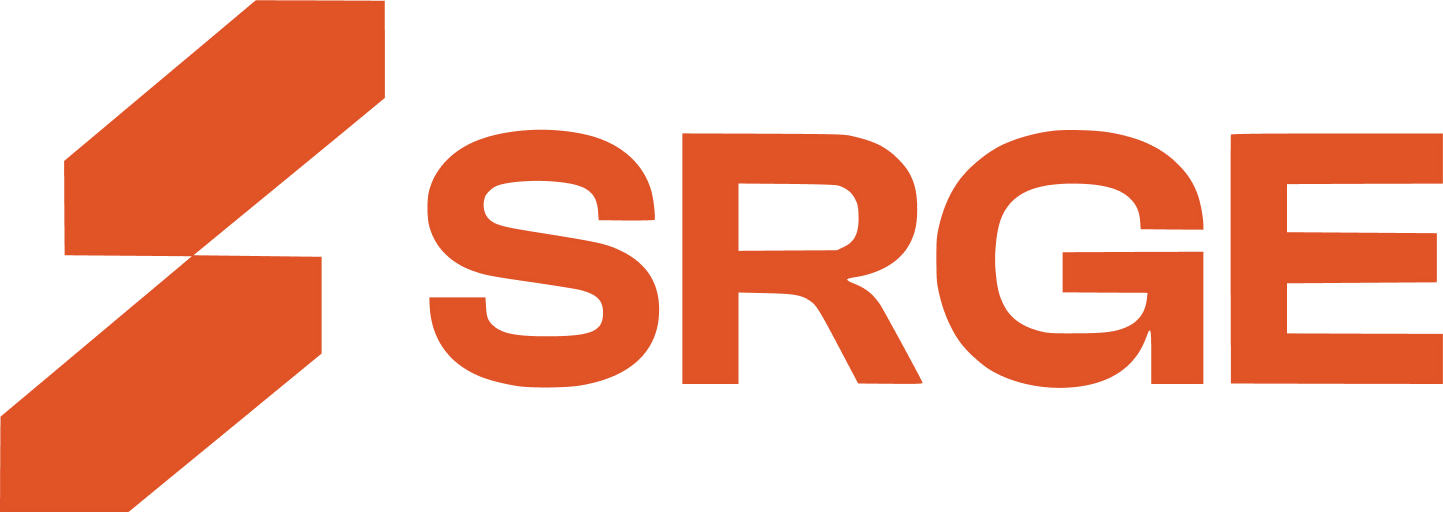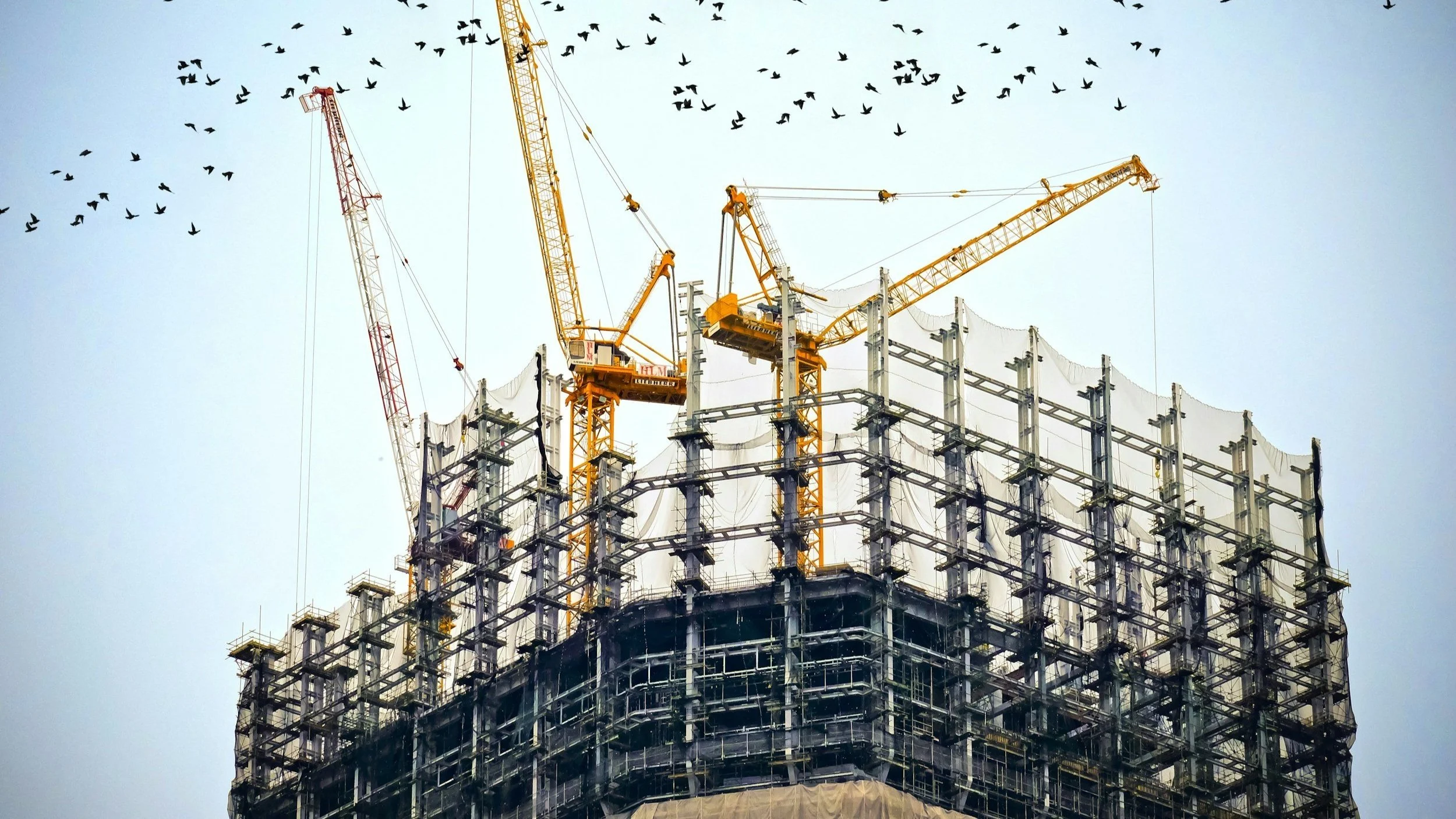Incorporating AI Within the Construction Industry
The AI revolution is upon us. This new and emerging technology is slated to revolutionize nearly every sector of the economy. The construction industry is one of the largest and most important sectors in the global economy, but also one of the most challenging and complex. It faces many issues such as low productivity, high costs, safety risks, labor shortages, and environmental impacts. However, with the rapid advancement of artificial intelligence (AI), the construction industry is undergoing a major transformation that promises to improve its efficiency, quality, and sustainability.
AI is the ability of machines to perform tasks that normally require human intelligence, such as learning, reasoning, and decision making. This technology can be applied to various aspects of the construction process, such as design, planning, execution, monitoring, and maintenance.
Some of the benefits of AI in construction are:
Design
AI can help architects and engineers create optimal designs that meet the client's requirements, budget, and regulations. AI can also generate realistic 3D models and simulations that enable better visualization and collaboration.
Planning
AI can help project managers optimize the schedule, resources, and logistics of a construction project. AI can also predict and mitigate potential risks and delays, and provide real-time updates and alerts.
Execution
AI can help workers and machines perform tasks more accurately and efficiently. AI can also automate repetitive and tedious tasks, such as surveying, measuring, and inspecting. AI can also enhance the safety and security of the construction site, by detecting and preventing hazards, accidents, and thefts.
Monitoring
AI can help owners and operators monitor the performance and condition of the building and its systems. AI can also collect and analyze data from sensors, cameras, and drones, and provide insights and recommendations for improvement and optimization.
Maintenance
AI can help owners and operators maintain the building and its systems, by detecting and diagnosing faults, and scheduling and performing repairs. AI can also extend the lifespan and reduce the energy consumption of the building and its systems.
AI is not only a tool, but also a partner for the construction industry. It can augment human capabilities and complement human skills, by providing assistance, guidance, and feedback. AI can also enable new forms of collaboration and communication, among the stakeholders, such as clients, designers, contractors, workers, and suppliers.
It is important to understand that AI is not a threat, but an opportunity for the construction industry. AI can create new jobs and roles, such as AI engineers, AI analysts, and AI trainers. AI can also improve the working conditions and satisfaction of the workers, by reducing the workload, stress, and injuries.
AI is not a distant future, but a present reality for the construction industry. AI is already being used and tested by many leading companies and organizations, such as Autodesk, Caterpillar, IBM, and Skanska. AI is also being supported and promoted by many governments and institutions, such as the European Union, the World Economic Forum, and the World Bank.
This is not a one-size-fits-all solution, but a customized and adaptable solution for the construction industry. AI can be tailored and integrated to suit the specific needs and goals of each project, each client, and each stakeholder. It can also be updated and improved, based on the feedback and data from every project, client, and stakeholder. AI is not a static and fixed technology, but a dynamic and evolving technology for the construction industry.
AI is not a perfect and flawless technology, but a promising and powerful technology for the construction industry. AI has a lot of potential and benefits, but also a lot of limitations and challenges. This is not a magic bullet, but a smart tool that can help the construction industry achieve its vision and mission of building a better world for everyone.




Managing subcontractors in solar construction can quickly become a balancing act. The triple constraints in managing a project will always be a significant factor to consider to find this balance. We all know that without the right systems, deadlines slip, and costs rise. This article shares practical strategies, from scheduling tools to on-site leadership habits, that keep your subcontractor network working seamlessly together.